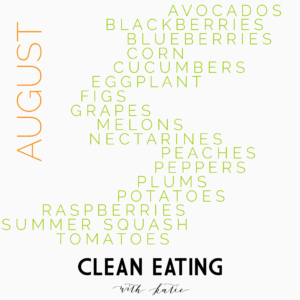July is here! I love July because it truly symbolizes summer for me. Although, this July I do have to work for a couple of weeks, generally, for teachers, July is the only month of year where there is actually no school. The other reason I love July is because all the wonderful fruit and vegetable options available in July.
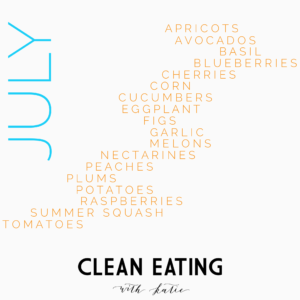
Figs are top of my list of exciting fruits this month! And everyone loves when tomato season is here! I’m looking forward to caprese salads this summer – it brings me back to Italy! Yum! What are you looking forward to this July?
Hugs & Health <3,
Katie
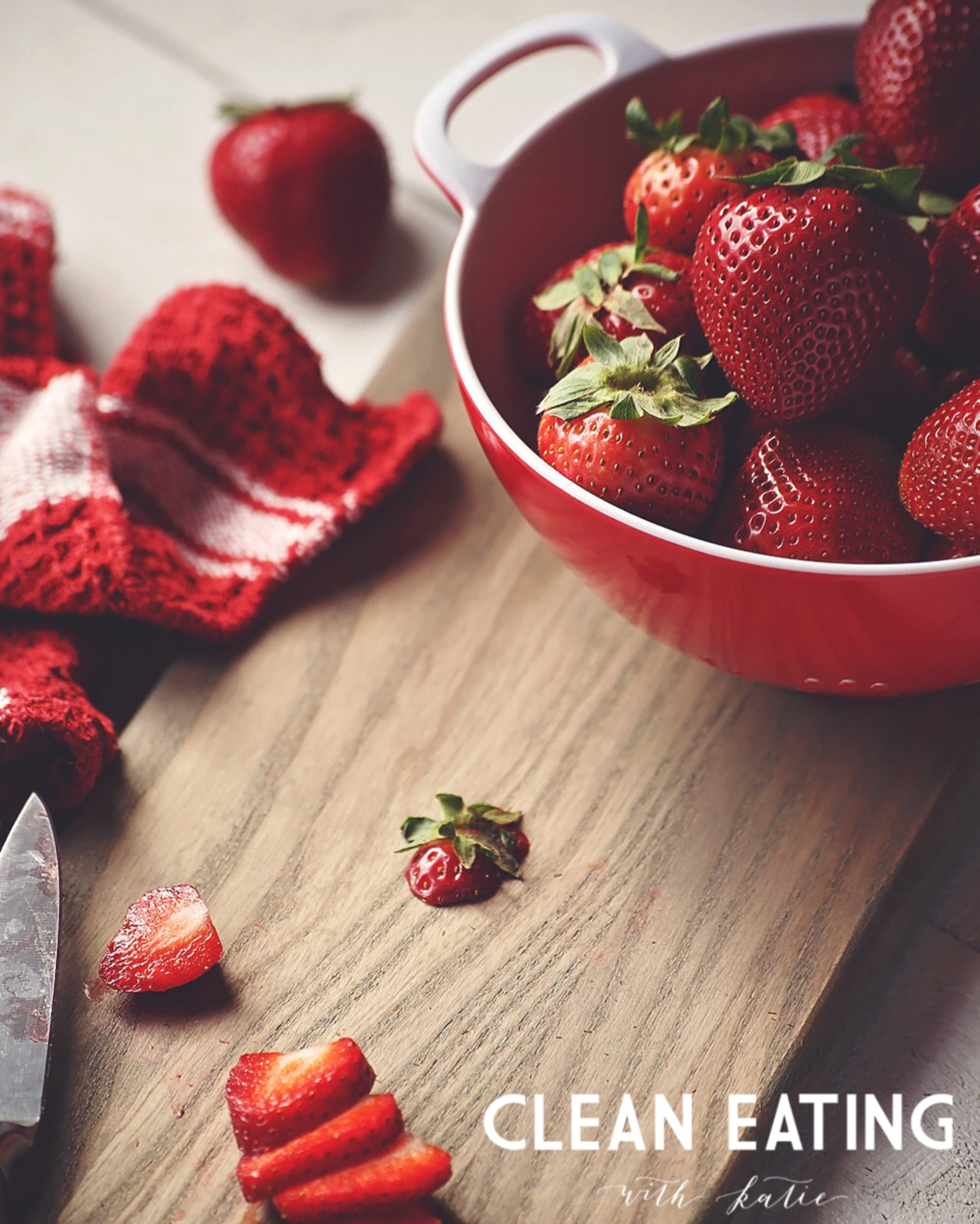

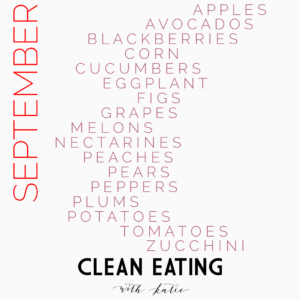
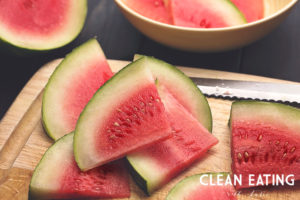 It also contains other antioxidants including beta-carotene, beta-cryptoxanthin, and phenols
It also contains other antioxidants including beta-carotene, beta-cryptoxanthin, and phenols